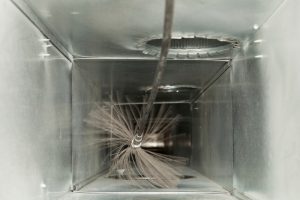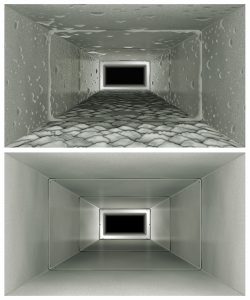So you’re running your heater when the temperature drops off at night and using it to warm up when you wake up in the morning. If you’re doing all this but you’re still cold, it might be time for you to schedule an appointment with our team for your indoor air quality services. A humidifier in Riverside, CA can be the solution to your home’s heating problems.
Sometimes the heating problems that you think you have aren’t even heating problems, they’re really problems with the humidity levels in your home. Make sure that you come to a team of professionals so that we can perfect your home comfort for you. We’re going to make sure that you’re going to get the work that you need in your home.

 For many homeowners, the idea of “indoor air quality” might be new to them. It’s surprising to find out that your home’s indoor quality can be several times worse than the outdoors. But after learning that, what are you supposed to do now?
For many homeowners, the idea of “indoor air quality” might be new to them. It’s surprising to find out that your home’s indoor quality can be several times worse than the outdoors. But after learning that, what are you supposed to do now?
 There’s nothing quite like walking into your home and sinking into that sticky, humid feeling. It might only be 75 degrees outside, but a humidity of 80% is going to make it feel so much worse. Humidity will even bring us discomfort late into the night when we’re trying to sleep. At that point, humidity is no longer a mild discomfort—it’s becoming a detriment to your quality of life.
There’s nothing quite like walking into your home and sinking into that sticky, humid feeling. It might only be 75 degrees outside, but a humidity of 80% is going to make it feel so much worse. Humidity will even bring us discomfort late into the night when we’re trying to sleep. At that point, humidity is no longer a mild discomfort—it’s becoming a detriment to your quality of life. Most homeowners in the area rightfully focus on temperature control when keeping their houses comfortable. Our summers are long and staggeringly hot, and without a good air conditioner, you might just melt on the spot. But as important as it is, it’s not the only aspect of home comfort. Indoor air quality can play a huge role in making your house feel right. We get a lot of dust in the air in the Inland Empire, especially in the summer, as well as high humidity levels and the proliferation of germs and allergens.
Most homeowners in the area rightfully focus on temperature control when keeping their houses comfortable. Our summers are long and staggeringly hot, and without a good air conditioner, you might just melt on the spot. But as important as it is, it’s not the only aspect of home comfort. Indoor air quality can play a huge role in making your house feel right. We get a lot of dust in the air in the Inland Empire, especially in the summer, as well as high humidity levels and the proliferation of germs and allergens.